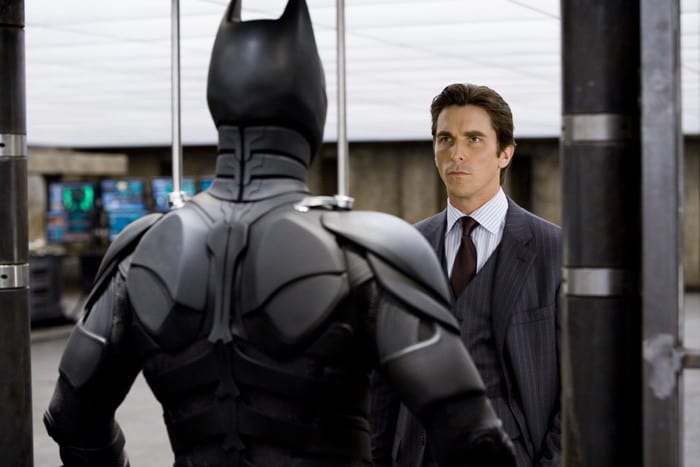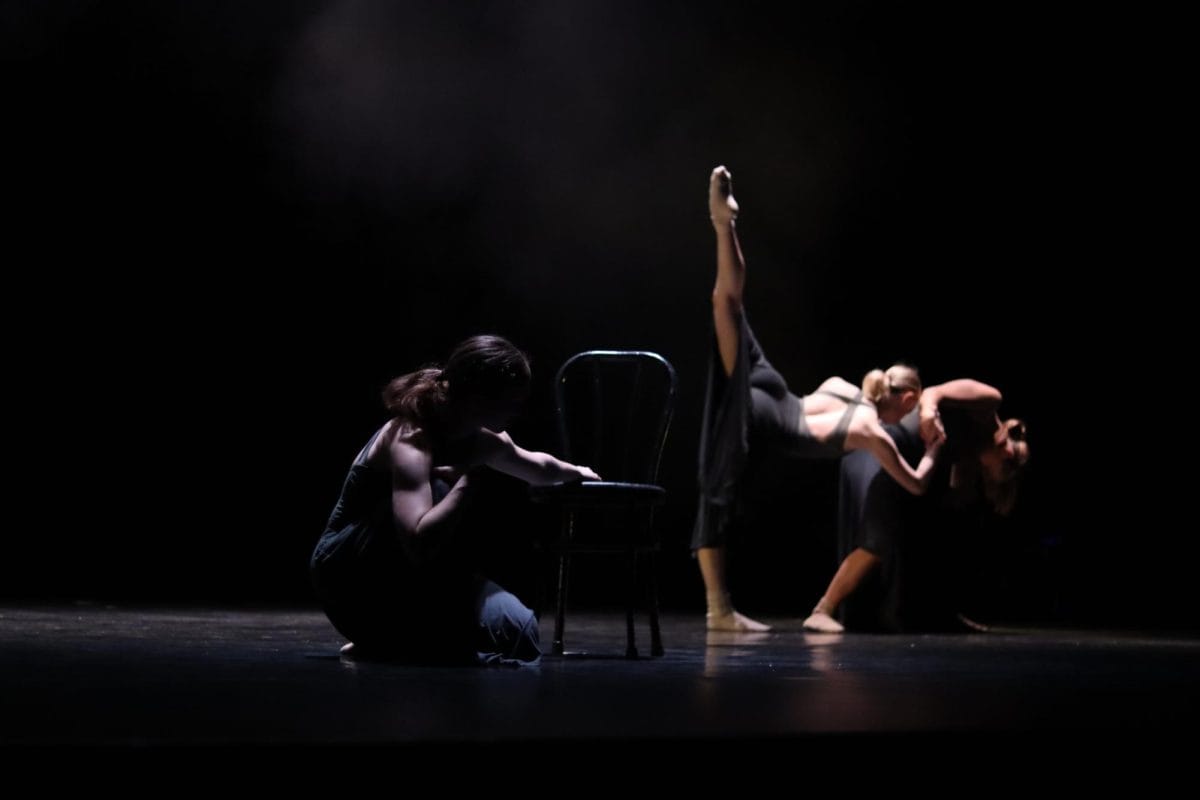There is only one first time watching a film. The experience of seeing those specific shots you’ve never seen and being told that specific story that you’ve never heard is part of the novelty of film that goes back to the very origins of the art. Long before the age of on-demand streaming, home video and commercialized theater chains, catching a film at a theater was something special and missing a film in theaters often meant never getting to experience it. Obviously the implementation of nationwide multiplexes and seemingly endless access to almost every film on Earth has ended that scenario for most, but as one way to watch films died, another one was born: rewatching films.
Just as Netflix and other streaming services have brought on the modern practice of binge-watching, the mass access to film has also brought on the practice of rewatching. More often than not, people rewatch films simply because they enjoy them. Films with memorable moments and characters like “The Sandlot” are a delight to revisit and share with friends and family. Great musicals like “La La Land” often get rewatched to experience the music as well as the film. There are even event-based rewatchable films like “A Christmas Story” or “The Nightmare Before Christmas.” The institution of revisiting good films follows the same principle that revisiting good records or books held long before, people just liked the first experience and want to try it again.
Another method of rewatching that often occurs is catching a film on TV. When channel-surfing, people can end up landing on the most watchable thing. When films like “The Dark Knight” and “Forrest Gump” often find themselves on television, they are typically the most watchable thing on. For me, this has led to the rewatching of “The Shawshank Redemption” among other classics several times. Rewatching for enjoyment, music, events or channel surfing all fall under a sort of passive rewatching. The choice is consciously being made to revisit the film, but the films don’t necessarily call for rewatching. The idea of films that are made to be revisited is worth exploring.
Films that call to be rewatched come in a few different styles. One of those styles is a mind-bender. A couple directors who excel at this type of filmmaking are Christopher Nolan and Shane Carruth. Nolan has directed famous mind-benders like “Memento” and “Inception” where the characters, along with the audience, are forced to decipher the plots which are jumbled by character’s unstable psyches. Shane Carruth does the same with his lesser known indies “Primer” and “Upstream Color” where the audience is given little to no explanation of the byzantine plot rules and are left to put the pieces together. In both Nolan’s and Carruth’s films, the endings leave the audience with satisfying answers, but also some questions that surely beckon the audience to watch again. These films aren’t incoherent or poorly constructed, but rather made to be rewatched for greater understanding.
The other most common type of film crafted for revisiting focuses more on character moments that take on new context upon a second watch. A director who has mastered this type of film is Richard Linklater. Most of Linklater’s works are plotless tales that follow characters over a span of time and simply focus on their traits as characters. He’s made films that observe the passing of a large span of time like “Boyhood’ and the “Before” trilogy and also a plethora of hang out films that follow characters through a very small amount of time like “Dazed and Confused” and “Everybody Wants Some!!.” These hangout comedy films are loaded with character moments big and small. The big character moments draw the audience close to the characters upon first watch to the point where watching the film is like hanging out with the people. When the audience revisits the film and these characters, the smaller and more muted character moments that slipped past the audience upon first viewing are given context and become delightful character nuggets for the audience to pick up each new time they visit the film.
With both mind-benders and character-based rewatchable films, the rewatchability stems from a newly-provided context that the first watch gave them. The context of the first viewing makes the second viewing unique. Where rewatching “Elf” each Christmas doesn’t provide a new experience with each watch, rewatching “Memento” or “Dazed and Confused” a second time is a new experience for the audience due to the provided context they gained by watching it the first time. Nolan, Carruth and Linklater count on you rewatching their films to truly get the intended experience making it an unusual way to make film and an exciting way to watch film.







